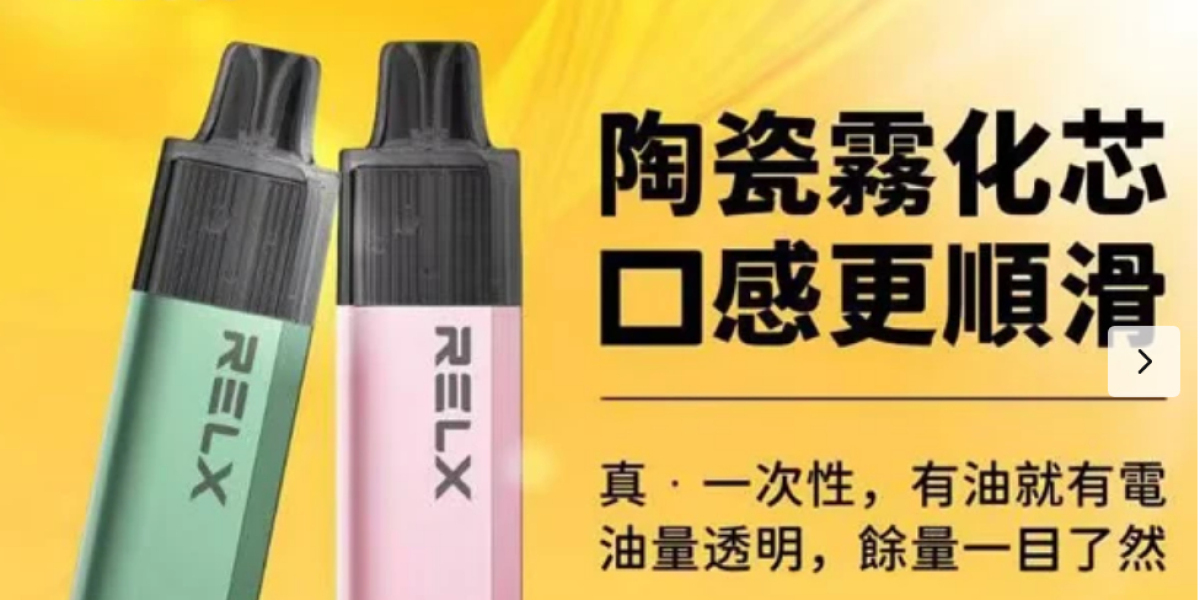Water Cut Analyzer Technology – Technologies that provide precise and automated water-oil ratio measurements for better decision-making.
Water cut analyzer technology is a critical component of the oil and gas industry, providing real-time measurements of the water content in fluid streams. These instruments are essential for optimizing production, ensuring product quality, and managing operational costs. The technology relies on the fundamental physical principle that water and oil have significantly different electrical properties, particularly their dielectric constants.
Core Principles and Technologies
The most common technologies for water cut analysis exploit the difference in dielectric constant between water (which is very high, around 80) and crude oil (which is very low, around 2-2.3). The analyzer measures the net dielectric property of the fluid mixture and, from that, calculates the percentage of water. The primary technologies used today include:
Capacitance: A capacitance-based water cut analyzer functions like a capacitor, with electrodes that create an electric field through which the fluid flows. As the percentage of water in the fluid increases, the fluid's net dielectric constant rises, causing the capacitance of the sensor to increase. The analyzer measures this change in capacitance and translates it into a water cut percentage. This technology is often used for lower water cut ranges, typically in oil-continuous mixtures (where oil is the majority fluid).
Microwave: Microwave technology operates on a similar principle but at a higher frequency. A microwave signal is transmitted through the fluid stream, and as the water content changes, the signal's amplitude and frequency are altered. Microwave-based analyzers are known for their ability to measure a wider range of water cuts, from 0-100%, and are less susceptible to variations in fluid salinity and temperature.
Infrared (IR) Spectroscopy: This technology uses an infrared beam that is transmitted through the fluid. Water molecules absorb infrared light at specific wavelengths, while hydrocarbons absorb at others. By measuring the amount of infrared light absorbed by the water phase, the analyzer can determine the water content. This method is often used for low water content measurements, and some advanced systems can even detect very small amounts of water in the parts-per-million (ppm) range.
Density: Although less common and often part of a more comprehensive multiphase flow meter, density-based water cut measurement relies on the fact that water is denser than oil. A Coriolis flowmeter, for example, can be used to measure the fluid's density, and from that, the water cut can be calculated if the densities of the oil and water are known.
Applications of Water Cut Analyzer Technology
Water cut analyzers have a wide range of applications throughout the oil and gas value chain:
Upstream (Exploration and Production):
Well Testing and Monitoring: Water cut analyzers are crucial for understanding the performance of an oil well. By continuously monitoring the water content of the produced fluid, operators can detect early water breakthroughs from the reservoir, optimize production, and plan for water management.
Separator Control: In production separators (two- or three-phase), water cut monitors are installed on the oil outlet to ensure that the separated oil meets quality specifications before being sent to the next stage of processing or transportation.
Midstream (Transportation):
Custody Transfer: When oil is transferred from one company to another (e.g., from a producer to a pipeline operator), water content is a key factor in determining the value of the crude. Water cut analyzers provide a crucial measurement for accurate and fair custody transfer.
Pipeline Management: Monitoring water cut in pipelines helps prevent corrosion, hydrate formation, and other issues that can be caused by the presence of water.
Downstream (Refining and Marketing):
Refinery Optimization: Water can negatively affect the efficiency of refinery processes. Water cut monitors are used at the desalter inlet to ensure that the crude oil is within the acceptable water content range for refining.
Fuel Bunkering: In the marine industry, water cut monitors are used to verify the quality of fuel being loaded onto ships, as excessive water content can damage engines.
Water Cut Analyzer Technology
Q1: What is water cut analyzer technology?
A1: Analytical tools that measure water-in-oil ratios with precision.
Q2: What types are available?
A2: Inline, portable, and laboratory-grade analyzers.
Q3: What advancements are shaping this technology?
A3: Digital interfaces, wireless data transmission, and AI-driven analysis.
More Relate Reports:








